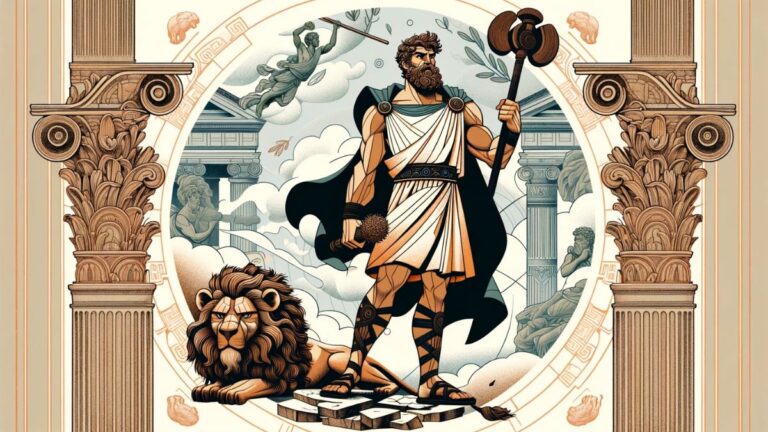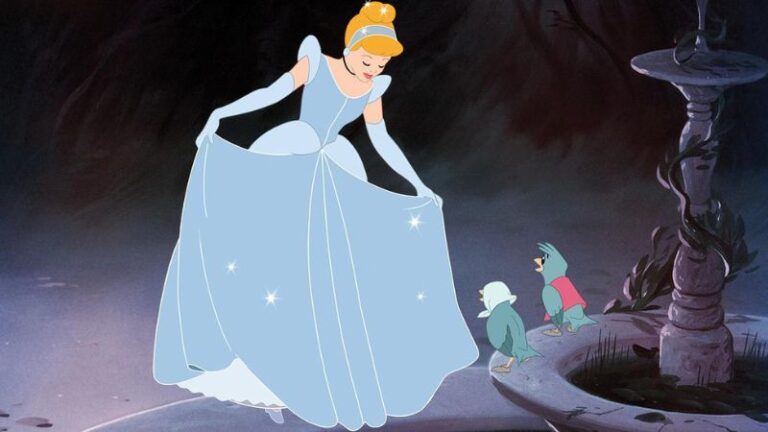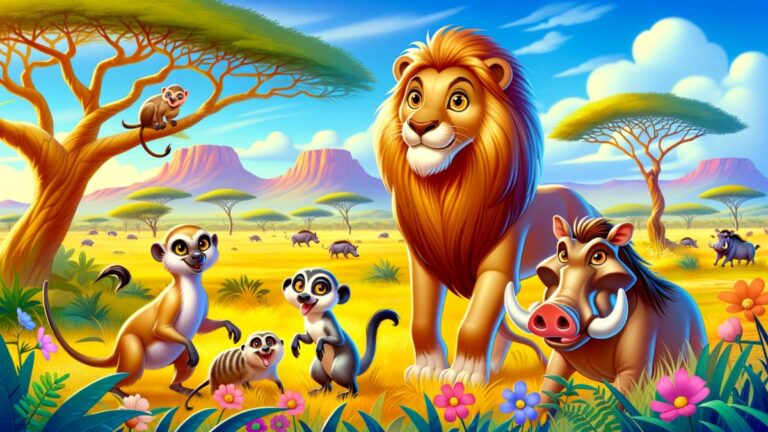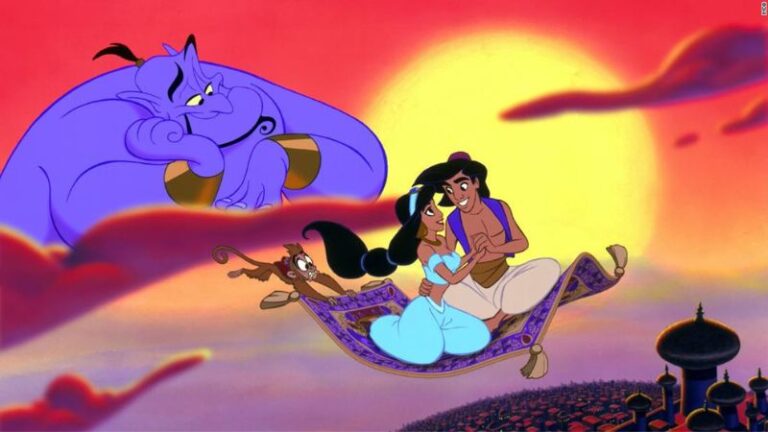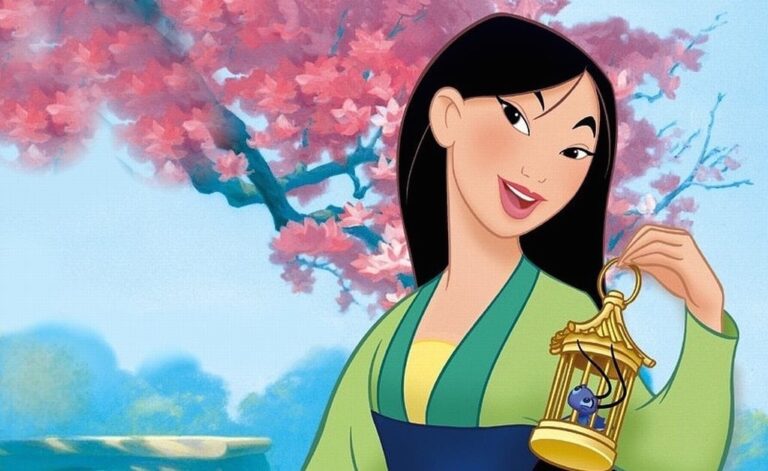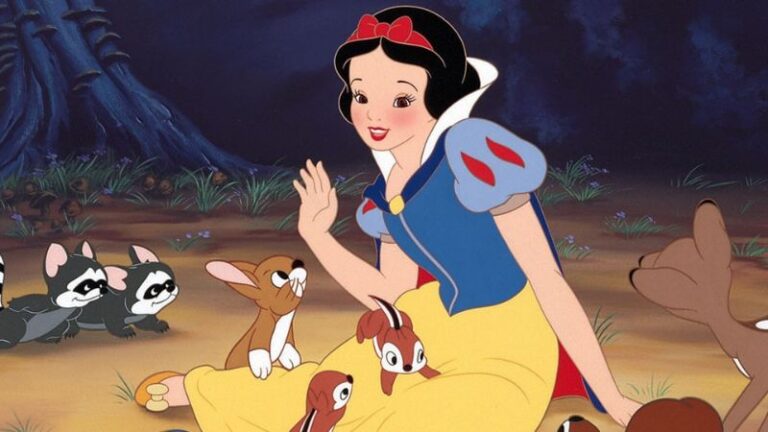The Original Sleeping Beauty: A Journey Through the Dark Roots of a Beloved Tale
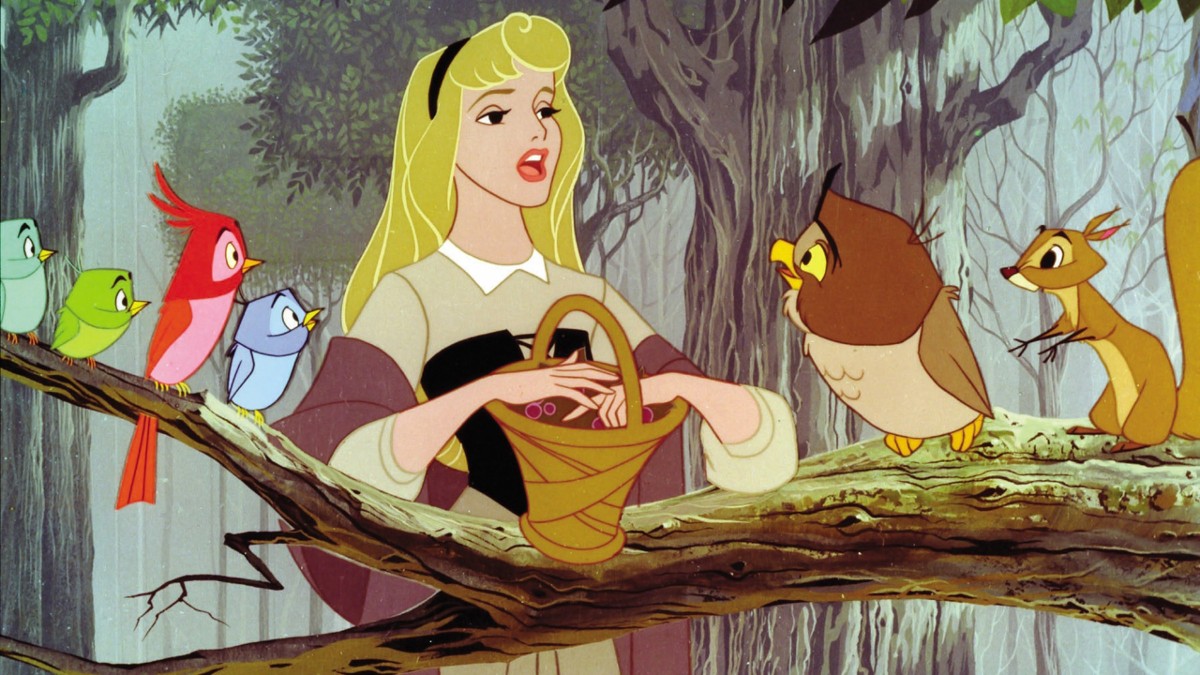
“Sleeping Beauty,” a story often synonymous with enchantment and true love’s kiss, has a history that predates its popular Disney adaptation. This article ventures into the darker, less explored corridors of the Sleeping Beauty tale. We trace its origins from ancient folklore to its more familiar versions, such as Charles Perrault’s and the Brothers Grimm’s adaptations. By unraveling its complex layers and original themes, we gain a profound understanding of a story that has both intrigued and enchanted audiences for centuries.
Ancient Echoes: Tracing the Roots of the Sleeping Beauty Narrative
The origins of the Sleeping Beauty story can be traced back to ancient folklore, where themes of enchanted sleep and heroic rescue were common. These early versions often contained darker elements, reflecting the harsh realities of the times. The tales varied across cultures, but many shared the motif of a slumber induced by a curse or spell, showcasing the struggle between good and evil.
Understanding these ancient versions is key to appreciating the depth and versatility of the Sleeping Beauty narrative. They provide insight into how the story has been used to navigate complex human experiences like love, danger, and transformation. This exploration into the tale’s roots reveals a rich tapestry of cultural and historical influences that shaped its evolution.
From Sun, Moon, and Talia to Perrault: Evolution of a Fairy Tale
One of the earliest known versions of Sleeping Beauty is Giambattista Basile’s “Sun, Moon, and Talia,” a tale that is notably more explicit and disturbing than later renditions. It was Charles Perrault, however, who transformed the story into the more familiar and palatable version known today. Perrault’s adaptation, “The Sleeping Beauty in the Wood,” introduced elements like the fairy godmothers and the iconic hundred-year sleep.
Perrault’s work marked a significant shift in the tale’s trajectory, steering it away from its darker origins towards a more romantic and child-friendly narrative. This evolution reflects the changing societal attitudes towards storytelling and the role of fairy tales in culture. Perrault’s influence set the stage for future adaptations, shaping the way Sleeping Beauty would be perceived for generations.
The Grimm Adaptation: A Darker Shade of Sleep
The Brothers Grimm also adapted Sleeping Beauty, titled “Little Briar Rose,” in their collection of fairy tales. Their version, while similar to Perrault’s, reintroduced some of the darker elements of the story, such as the thorny briar hedge and the ominous curse. The Grimm Brothers’ adaptation was part of their broader effort to preserve German folklore, often emphasizing the moral and cautionary aspects of these tales.
The Grimms’ rendition of Sleeping Beauty played a crucial role in cementing the story in the canon of classic fairy tales. Their version balanced the enchanting elements with the story’s inherent darkness, creating a narrative that was both magical and grounded in the realities of human nature and society.
Sleeping Beauty’s Enduring Enchantment: Cultural Impact and Modern Interpretations
Sleeping Beauty continues to captivate audiences worldwide, influencing arts, literature, and media. Each adaptation, from ballets to films, offers a unique perspective on the tale, reflecting the values and artistic trends of its time. Disney’s 1959 animated film “Sleeping Beauty” is particularly notable for its impact on popular culture, presenting a visually stunning and romanticized version of the story.
The tale’s adaptability and enduring appeal lie in its ability to resonate with universal themes of love, danger, and transformation. Sleeping Beauty’s journey through its dark roots to its current status as a beloved classic highlights the story’s timeless nature and its ability to evolve and stay relevant across different cultures and eras.

